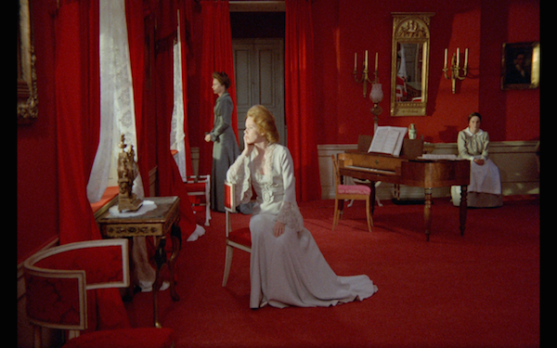Wild Strawberries Film Difficulty Ranking: 3
Do you have a grouchy grandpa or a grumpy old friend? Well this is the perfect film to watch with them. It reminds of us of our mortality and explores the meaning of life. Are we better off grumpy or friendly – watch and decide. I admit, it’s not a barrel of laughs, but it is thoughtful, beautiful, and worth every minute of your time.
Check three reasons to watch it below. Then watch it here on YouTube.
Why Watch Wild Strawberries?
- For the perfect introduction to Swedish maestro, Ingmar Bergman
- To explore the meaning of life!
- It’s one of the greatest road trip films (although it is completely different to the extroverted Hollywood road trip films)
- To see some scary dreams and visions
The Breakdown
Wild Strawberries starts with Isak, a 78 year old professor about to receive a doctorate. He thinks how he has become lonely in his old age (in an inner-monologue that we hear from a lot in this film) before he introduces us to his family and goes to wake up his maid. He is ready for a road trip!
It doesn’t seem like anyone really likes him though. In his old age, he has become lonely because he doesn’t like hanging out with his family or community. To add to that, he is plain rude. Whilst driving, he chauvinistically tells Marianne to stop smoking because she is a woman, and feigns forgetfulness when she brings up how rudely he dismissed her relationship with his son.
Luckily, he begins to change as he starts to look back on his life. One particular dream sets him on this path. In this dream Isak stops outside a house with boarded windows. He anxiously walks to the left of the house, but doesn’t walk more than 10 steps (the camera stops him). He walks to the right, but stops himself again. He looks up at the town clock, but there are no hands on it to tell the time. Then he sees a hearse approaching. As it moves closer, one of the wheels of the hearse gets stuck on a lamppost and the coffin falls out. As Isak moves closer to close it’s lid, the hand of his own corpse tries to pull him inside. Is he already dead?
Conclusion
Wild Strawberries is one of Ingmar Bergman’s classics. It takes a grumpy old man who doesn’t care for his family or community and shakes him with dreams and visions to try and change him. The road trip is his journey to understanding the meaning of life.



